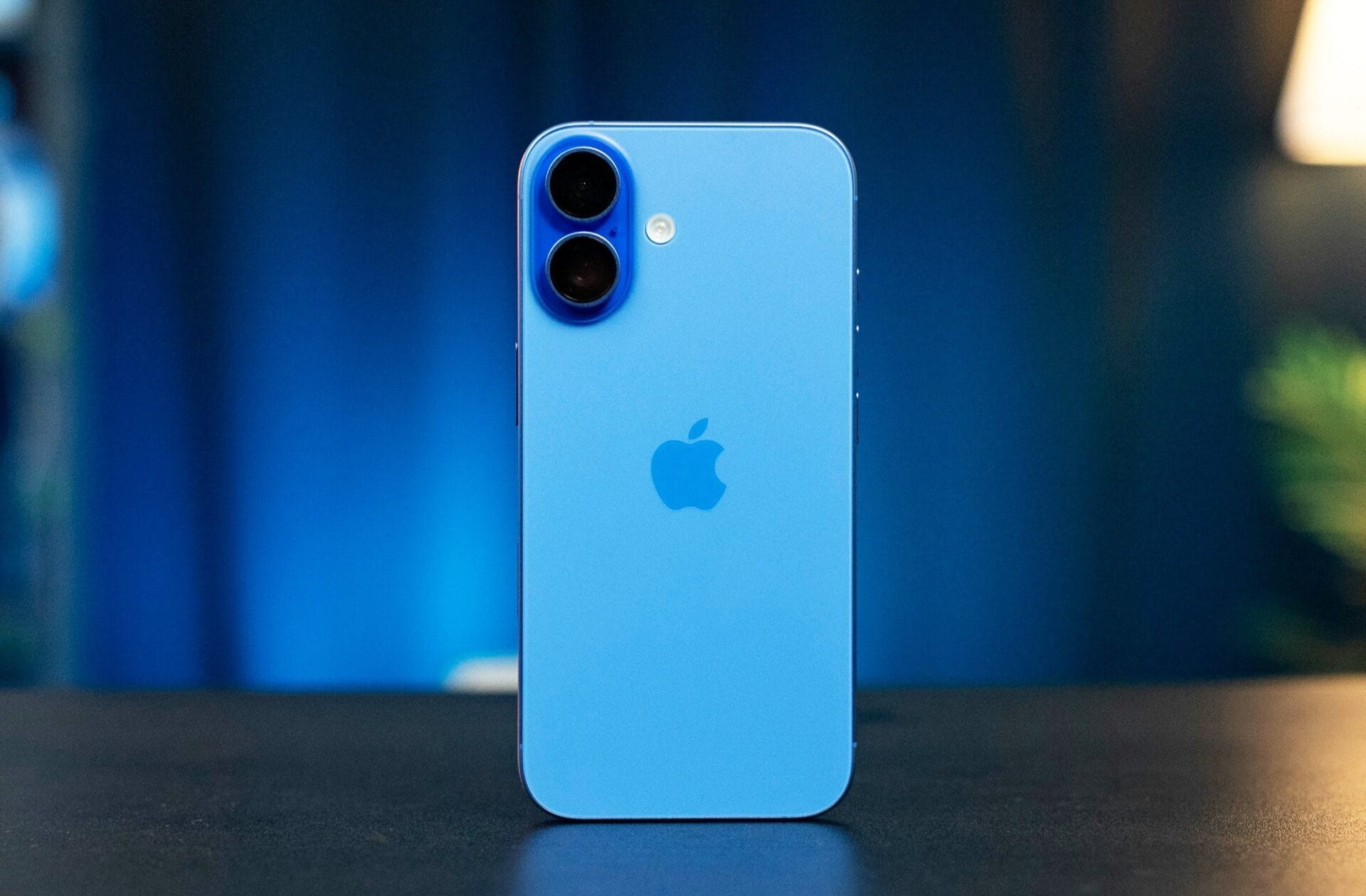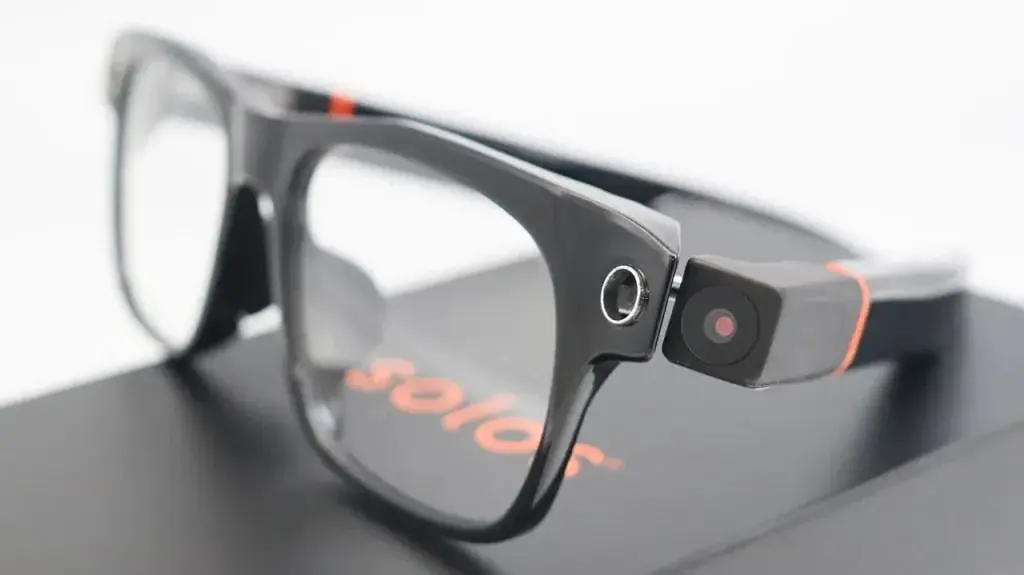Key Takeaways
1. OpenAI launched GPT-5 as their most powerful model but faced issues with its rollout, leading to the reintroduction of GPT-4o for ChatGPT Plus users.
2. GPT-5 uses a real-time routing system to select the best engine for prompts, but some technical problems caused user dissatisfaction with its performance.
3. Users expressed concerns about GPT-5’s “personality,” preferring the warmer tone of GPT-4o and feeling that GPT-5 was more robotic.
4. A significant error in benchmark data during the launch was acknowledged by CEO Sam Altman, leading to an update with corrected information.
5. OpenAI plans to monitor user feedback and may allow Plus users to continue using GPT-4o while assessing the trade-offs between the two models.
OpenAI has rolled out GPT-5, calling it their new leading model and claiming it’s “the most powerful model yet.” Just a day later, however, CEO Sam Altman admitted the launch didn’t go smoothly. He announced that GPT-4o would be available again for ChatGPT Plus users while they assess how the new model is being used. This swift change came after many users complained that the update took away a familiar experience without notice.
Features of GPT-5
GPT-5 merges previous models using a real-time routing system designed to select the best engine for different prompts. Sometimes it provides answers right away, but other times it takes longer to “think” for more complex questions. Altman mentioned that some outages affecting the autoswitching feature made users feel that GPT-5 wasn’t as capable, and he promised to tweak the decision-making process and offer more clarity on which model is responding to user requests.
User Sentiments
Aside from worries about performance, the launch stirred up discussions about AI “personality.” Many loyal users felt that GPT-4o had a warmer, friendlier tone, while they described GPT-5 as feeling more distant and robotic, even though it might be technically proficient. Various discussions on Reddit and posts on X displayed users’ frustrations over the lack of model choice, with some even threatening to cancel their subscriptions if GPT-4o didn’t come back. OpenAI indicated that the future availability of GPT-4o will hinge on actual user demand.
Launch Issues
The launch also faced a hiccup due to a charting mistake. A bar chart related to SWE-bench Verified seemed to inaccurately show benchmark results, with some bars appearing disproportionately tall for lower scores. Altman later referred to this as a “mega chart screwup.” OpenAI updated their blog with corrected data, and additional documentation from August 7, 2025, now reflects the accurate figures discussed.
In a recent Reddit AMA, Altman answered numerous questions, reiterating that GPT-5 would “seem smarter” as the routing system improves and promising to “continue listening to feedback.” He also mentioned that the company is “considering allowing Plus users to stick with 4o” while they collect more data on the trade-offs between the models. For the time being, OpenAI intends to watch how users interact with the models before making decisions about how long to keep GPT-4o alongside GPT-5.
Source:
Link









